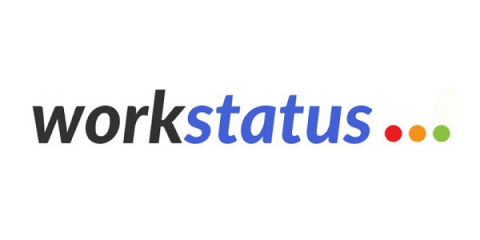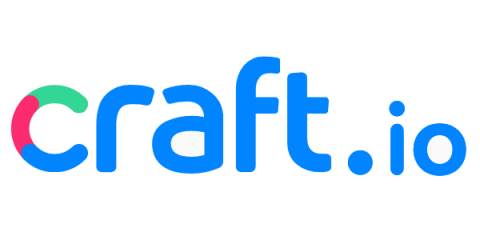What makes a successful agile team in a hybrid world
To meet the challenges of the future, businesses have to stay agile. Perhaps it’s unsurprising, then, that in 2020—one of the most challenging years on record—businesses with agile practices outperformed non-agile teams on almost every dimension that matters. Agile organizations saw greater customer satisfaction, employee engagement, and operational performance than their competitors.











